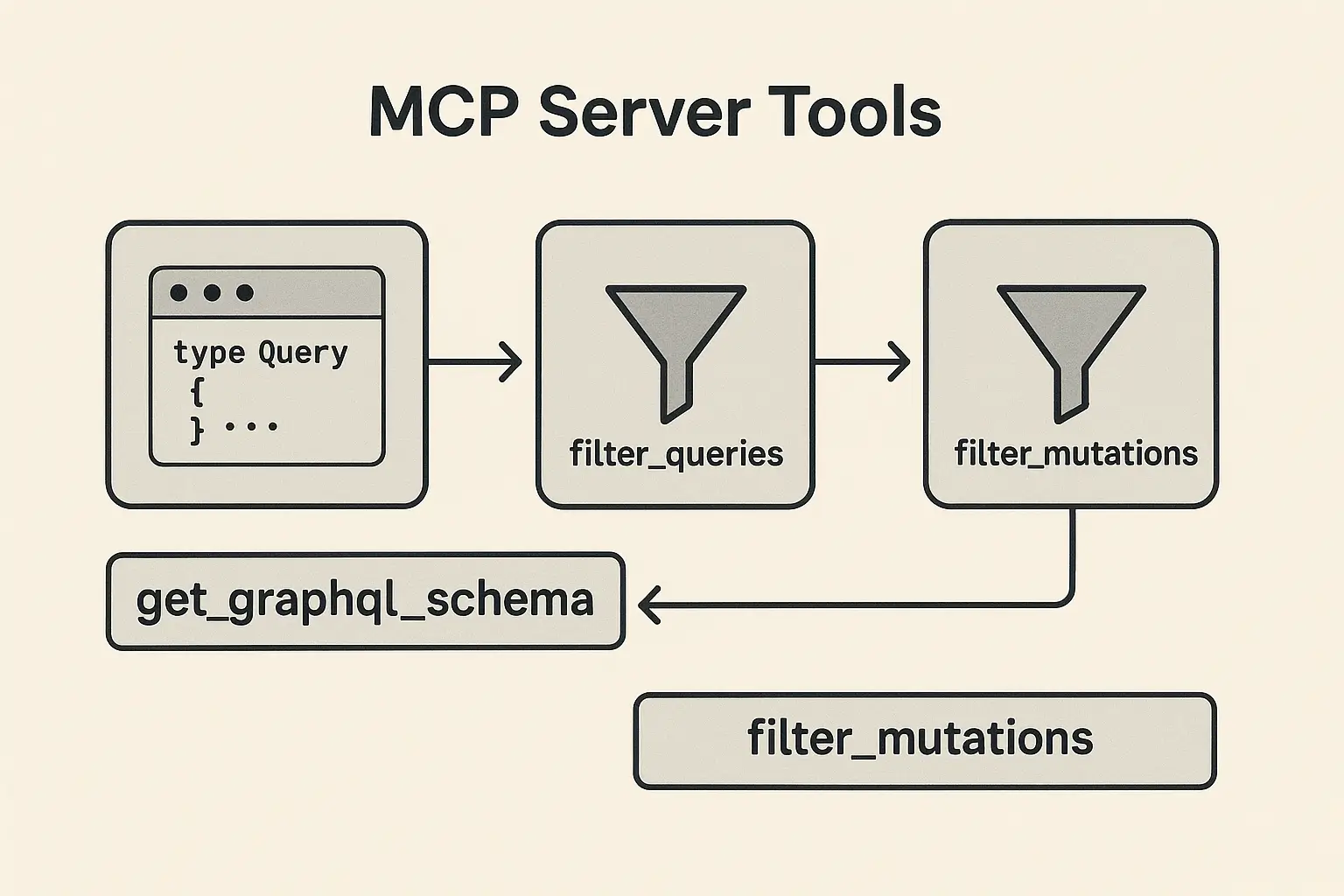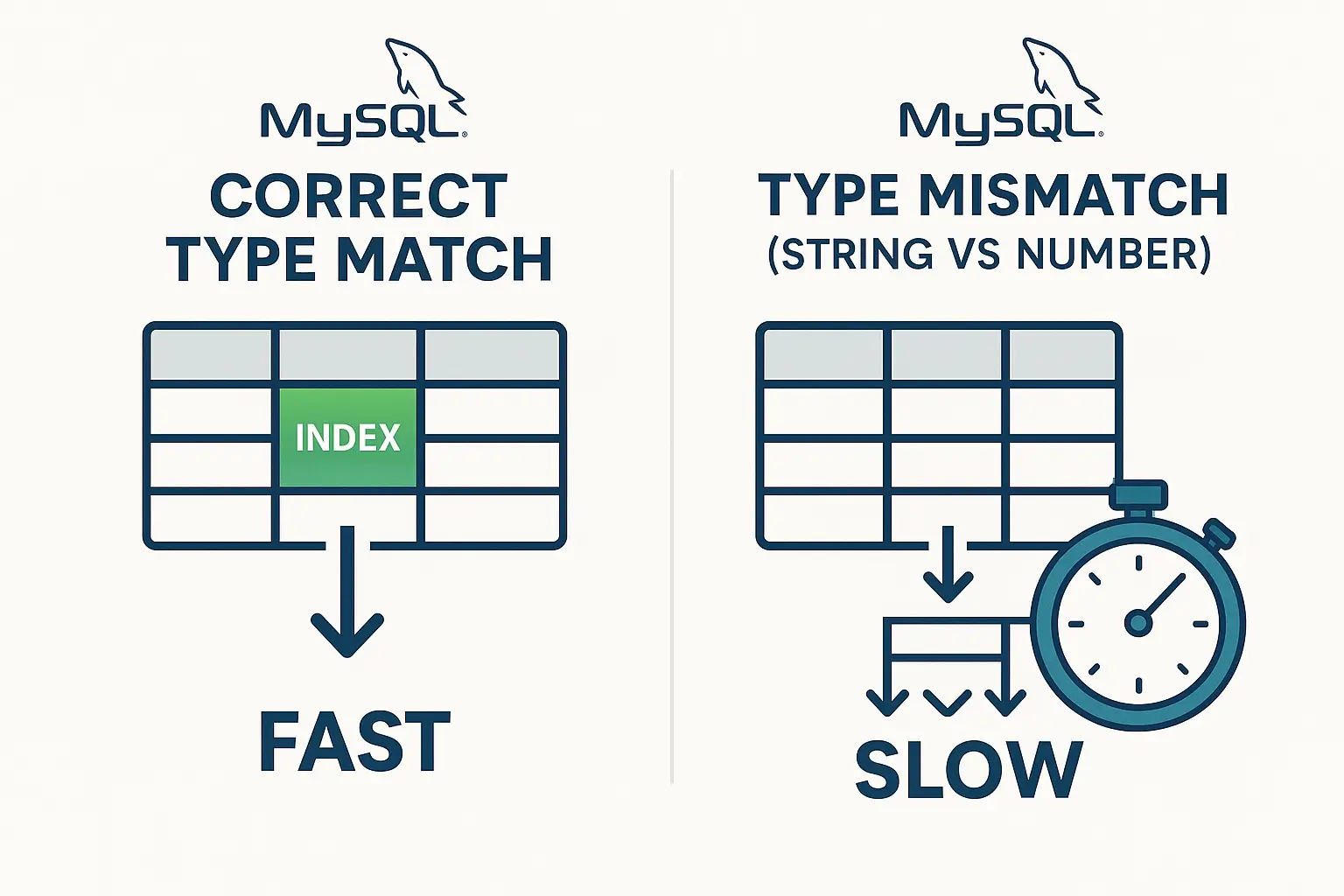Securing Your Cloud: Best Practices for AWS Security
The cloud has revolutionized how businesses operate, offering scalability, agility, and cost-effectiveness. But with great power comes great responsibility, and cloud security is paramount. As a leading cloud provider, Amazon Web Services (AWS) offers a robust and secure platform. However, security is a shared responsibility, and it’s up to you to configure your AWS environment securely.
This blog post will explore some of the critical AWS security best practices, helping you lock down your cloud environment and protect your valuable data.
The Shared Security Model

AWS operates under a shared security model. AWS is responsible for the security of the underlying infrastructure. On the other hand, you are responsible for the security of your cloud resources and data. This means you need to take proactive steps to secure your AWS environment.
Best Practices for AWS Security (Essential Practices for Robust AWS Security)
- Lock Down Access with IAM (Identity and Access Management)
- Use IAM Users with Least Privilege
- Enforce Multi-Factor Authentication (MFA) for Ironclad Security
- Rotate IAM Access Keys Regularly to Minimize Risk
IAM is the cornerstone of security in AWS. It controls who can access your resources and what they can do with them. Here are some key IAM best practices:
- Use IAM Users with Least Privilege: Don’t use the root account for everyday tasks. Create IAM users with specific permissions tailored to their roles.
- Enforce Multi-Factor Authentication (MFA) for Ironclad Security: MFA adds an extra layer of security by requiring a second authentication factor, such as a code from a phone app, in addition to a username and password.
- Rotate IAM Access Keys Regularly to Minimize Risk: IAM access keys are like digital keys to your AWS account. Rotate them regularly to minimize the risk of compromise.
- Safeguard Your Data with Encryption
- Encrypt All Data at Rest for Enhanced Protection
- Encrypt Data in Transit to Ensure Confidentiality
Encryption scrambles your data, making it unreadable to anyone who doesn’t have the decryption key. AWS provides a variety of tools to encrypt your data at rest and in transit. Here are some best practices for data protection:
- Encrypt All Data at Rest for Enhanced Protection: Use tools like AWS Key Management Service (KMS) to encrypt data stored in S3 buckets, EBS volumes, and other AWS services.
- Encrypt Data in Transit to Ensure Confidentiality: Use secure protocols like HTTPS to encrypt data transferred between your on-premises environment and AWS.
- Fortify Your Infrastructure Security
- Utilize Security Groups as Virtual Firewalls
- Patch Your AWS Resources Regularly to Stay Ahead of Threats
- Monitor Your AWS Environment for Suspicious Activity
This involves securing the virtual machines, networks, and other resources that make up your AWS environment. Here are some best practices for infrastructure security:
- Utilize Security Groups as Virtual Firewalls: Security groups act like firewalls, controlling inbound and outbound traffic to your resources.
- Patch Your AWS Resources Regularly to Stay Ahead of Threats: Just like any software, AWS resources can have security vulnerabilities. Regularly patch your resources to fix these vulnerabilities.
- Monitor Your AWS Environment for Suspicious Activity: There are a number of AWS services that can help you monitor your environment for suspicious activity, such as Amazon CloudWatch and Amazon GuardDuty.
- Compliance: Many organizations have compliance requirements that they need to meet. AWS provides a variety of tools and services to help you meet these requirements. Here are some resources to get you started:
- AWS Foundational Security Best Practices (FSBP) standard: https://aws.amazon.com/architecture/security-identity-compliance/?cards-all.sort-by=item.additionalFields.sortDate&cards-all.sort-order=desc&awsf.content-type=all&awsf.methodology=all
- AWS Security Whitepapers: https://aws.amazon.com/architecture/security-identity-compliance/?cards-all.sort-by=item.additionalFields.sortDate&cards-all.sort-order=desc&awsf.content-type=all&awsf.methodology=all
- Detection and Incident Response: It’s important to have a plan in place for how you will detect and respond to security incidents. Here are some best practices for detection and incident response:
- Implement CloudTrail: CloudTrail logs API calls made to your AWS account. This can help you identify suspicious activity.
- Use Amazon GuardDuty: GuardDuty is a threat detection service that can monitor your AWS environment for signs of malicious activity.
- Have a Plan for How You Will Investigate and Respond to Security Incidents: This plan should include steps for identifying the incident, containing the damage, and recovering your systems.
Conclusion
By following these best practices, you can help to improve the security of your AWS environment. Security is an ongoing process, so it’s important to continuously monitor your environment and update your security posture as needed. AWS offers a wealth of resources to help you secure your cloud environment. Take advantage of these resources and make security a top priority for your AWS deployments.
Additional Tips
- Stay Up-to-Date on Security Threats: The security landscape is constantly evolving. Stay up-to-date on the latest security threats and vulnerabilities so you can take steps to protect your environment.
- Educate Your Users: Educate your users about AWS security best practices.





